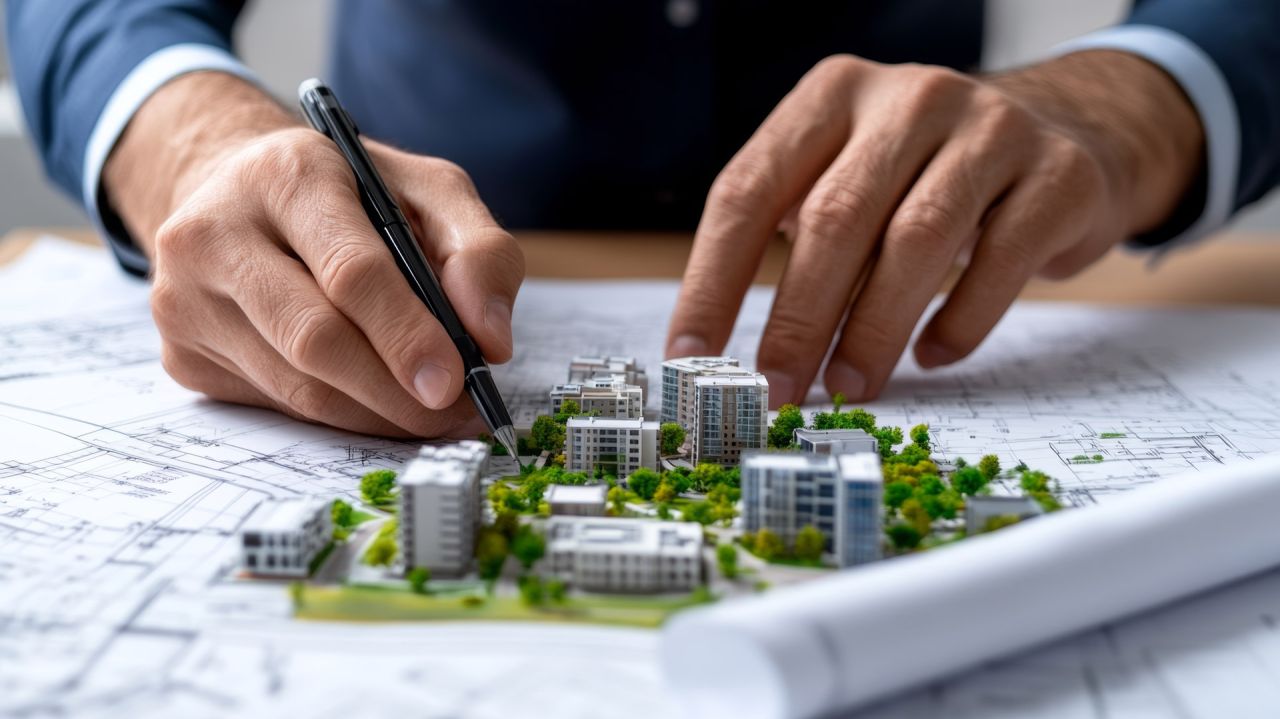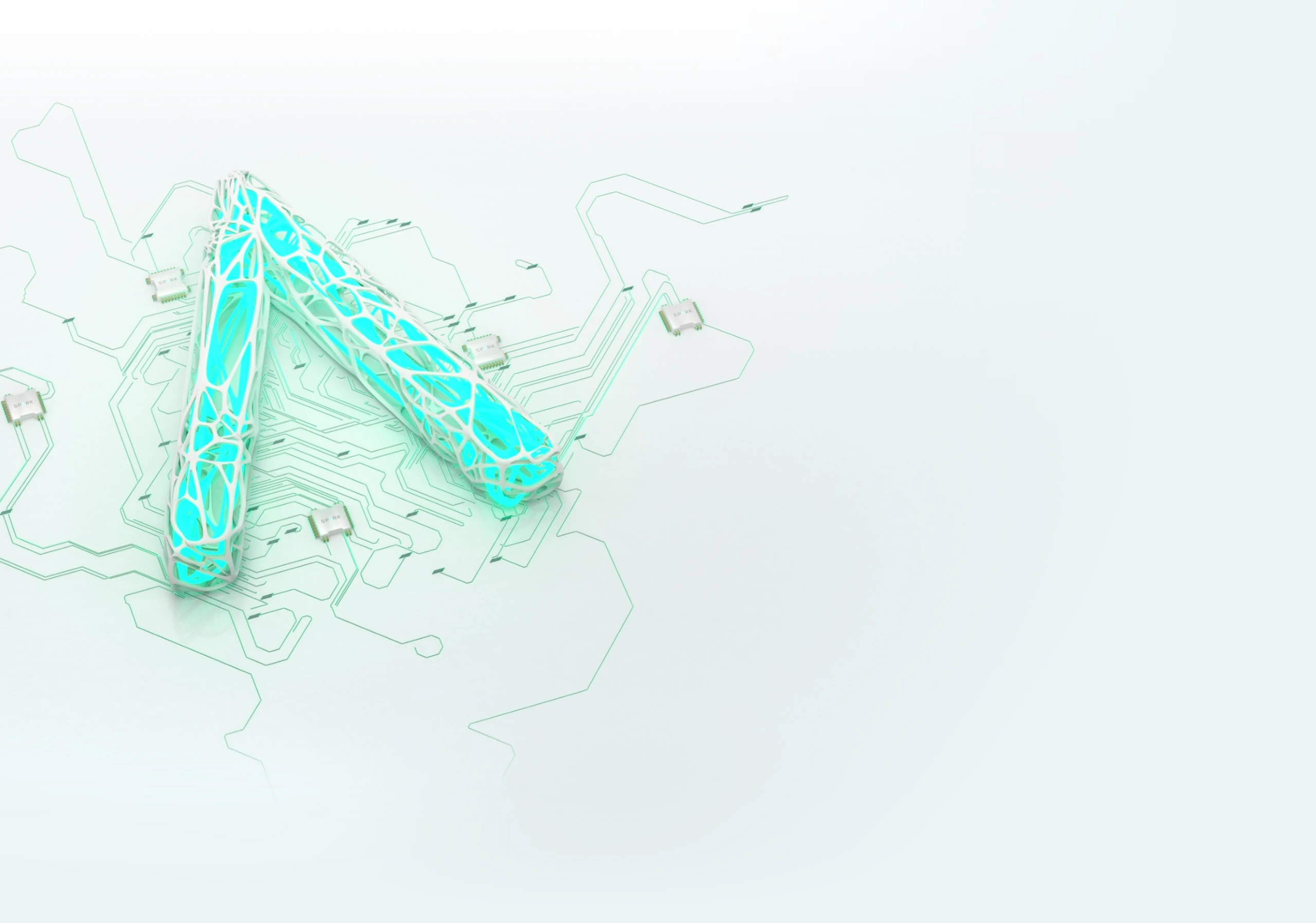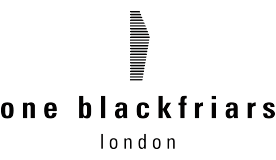AR Zoning Maps: Revolutionising Urban Planning

 Author: Spark Team
Author: Spark Team
AR Zoning Maps: Revolutionising Urban Planning
Introduction to AR Zoning Maps
As cities grow and evolve, effective land use planning is crucial for sustainable urban development. Augmented Reality (AR) zoning maps provide a dynamic tool for visualising zoning regulations and land use designations in real time. Spark Emerging Technologies leverages AR technology to create interactive zoning maps that enhance understanding, facilitate public participation, and improve decision-making in urban planning.
Benefits of AR Zoning Maps
Implementing AR zoning maps offers numerous advantages that enhance urban planning and community engagement:
Interactive Visualisation: AR allows users to explore zoning designations and regulations in a 3D environment, providing a clearer understanding of land use within the context of the community.
Real-Time Data Integration: Users can access current zoning information and overlay it with other relevant data, such as property boundaries, infrastructure, and environmental features.
Enhanced Public Engagement: AR zoning maps facilitate community involvement by allowing residents to visualise proposed developments and zoning changes, fostering informed discussions.
Improved Communication: Planners and city officials can present zoning information more effectively to stakeholders and the public, ensuring that complex regulations are easily understood.
Empowered Decision-Making: By providing interactive tools, AR zoning maps help stakeholders make informed decisions about land use, planning, and development.
Real-World Applications of AR Zoning Maps
Urban Planning and Development: City planners can use AR zoning maps to visualise proposed zoning changes, assess their impact on the community, and gather public feedback.
Community Workshops: Local governments can host AR-enabled workshops that allow residents to explore zoning regulations and provide input on community development plans.
Real Estate Development: Developers can use AR zoning maps to understand land use designations and identify potential opportunities for new projects.
Environmental Planning: AR can visualise the impact of zoning regulations on natural resources and habitats, helping to balance development with environmental protection.
Transportation Planning: AR zoning maps can integrate transportation data, allowing planners to assess how zoning changes will affect traffic patterns and public transit access.
How Spark Emerging Technologies is Leading AR Solutions for Zoning Maps
At Spark Emerging Technologies, we specialise in developing AR solutions that enhance urban planning and community engagement. Our interactive zoning maps provide planners and stakeholders with the tools they need to visualise and assess land use effectively. By collaborating with city governments, urban planners, and community organisations, we create tailored AR applications that address specific zoning challenges.
Addressing Key Challenges with AR Zoning Maps
User-Friendly Interfaces: Our AR applications feature intuitive designs, ensuring that users can easily navigate and interact with zoning information.
Integration with GIS Systems: We ensure our AR solutions can seamlessly integrate with existing Geographic Information Systems (GIS) for efficient data management and analysis.
Data Privacy and Security: Protecting sensitive information is crucial; we implement robust security measures to safeguard data collected during AR interactions.
Customisation for Various Communities: Our AR solutions are adaptable and customisable, allowing for deployment across different urban environments and zoning regulations.
Case Study: AR Zoning Maps for Community Engagement
A city council partnered with Spark Emerging Technologies to implement AR zoning maps aimed at enhancing public engagement in urban development. The AR platform allowed residents to visualise proposed zoning changes and their potential impacts on the community, leading to meaningful feedback and discussions. This initiative resulted in a 40% increase in public participation during planning sessions and improved trust between residents and city officials.
The Role of AR in Advancing Urban Planning
AR zoning maps are transforming how urban planners approach land use and community engagement. By providing immersive, interactive experiences, AR enhances understanding and retention of critical zoning information, leading to improved collaboration and innovative solutions. This innovative approach not only streamlines planning processes but also fosters a culture of transparency and community involvement.
Future of AR Zoning Maps
As AR technology continues to evolve, the potential for zoning map applications will expand significantly. Spark Emerging Technologies is committed to enhancing our AR solutions, anticipating more sophisticated applications that empower urban planners to engage deeply with community needs and zoning regulations. The future promises increasingly interactive and engaging AR experiences that will play a critical role in shaping sustainable urban environments.
Conclusion
AR zoning maps offer innovative solutions for enhancing urban planning and community engagement. Spark Emerging Technologies provides cutting-edge AR applications that enable planners and stakeholders to visualise and assess zoning regulations effectively. Discover how our AR solutions can transform your urban planning initiatives—contact Spark Emerging Technologies for a demo today.
Contact Us:
Interested in optimising your zoning processes with AR? Contact Spark Emerging Technologies to schedule a consultation and learn how our solutions can benefit your organisation.
© 2025 All Rights Reserved | Company Reg No. 05327622 | Spark Emerging Technologies Limited









